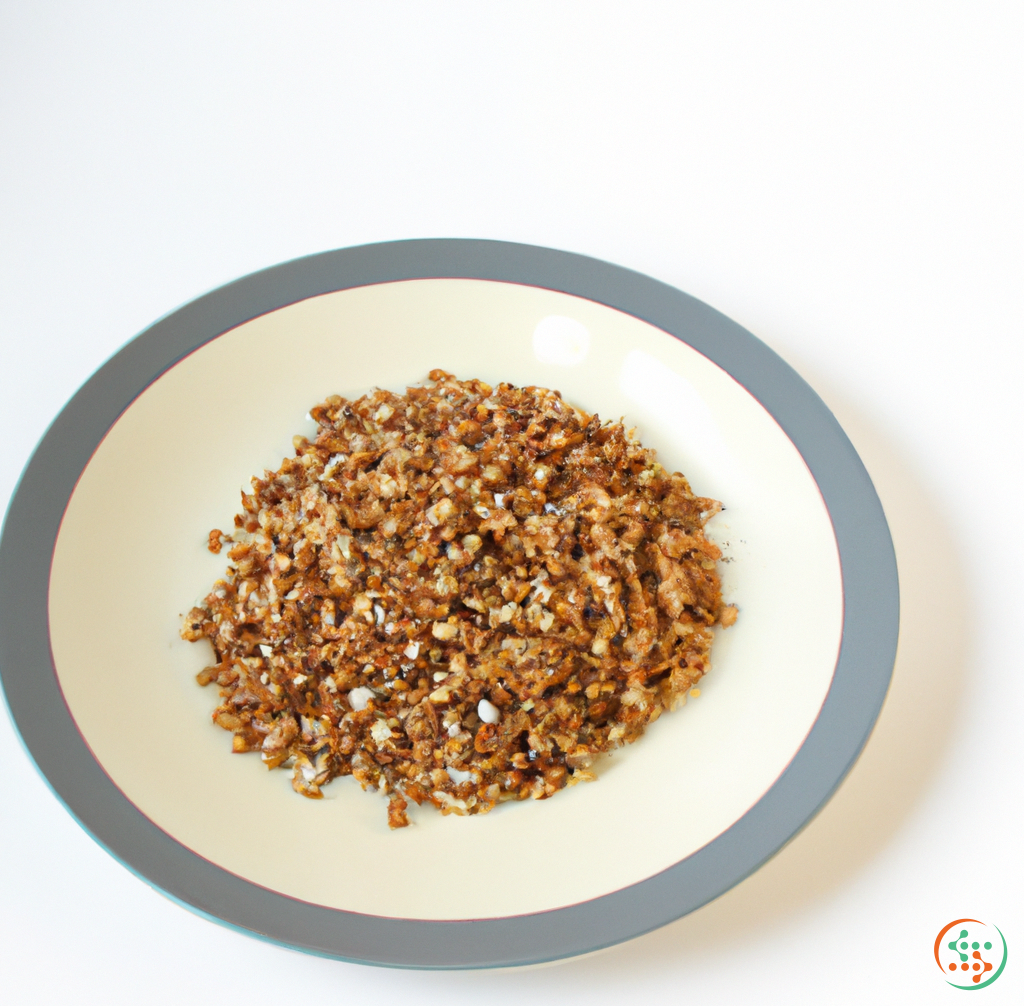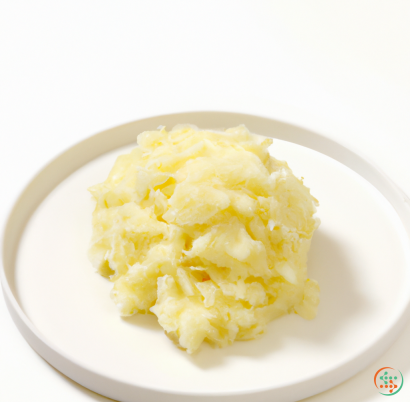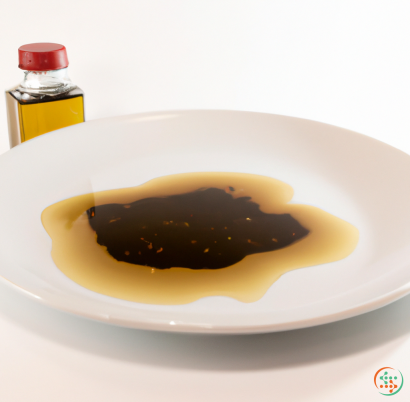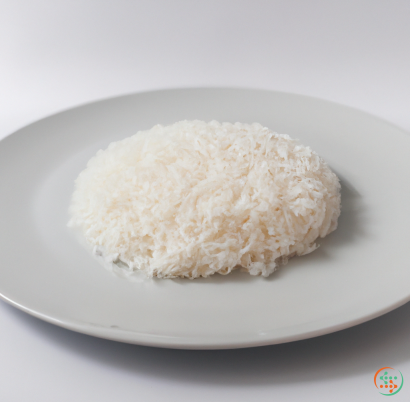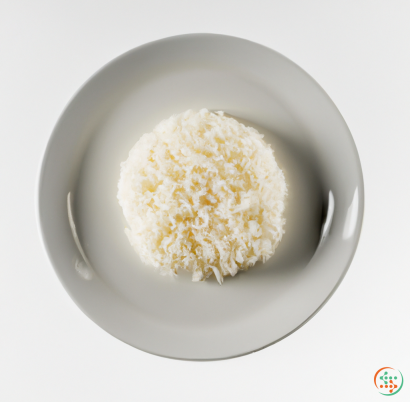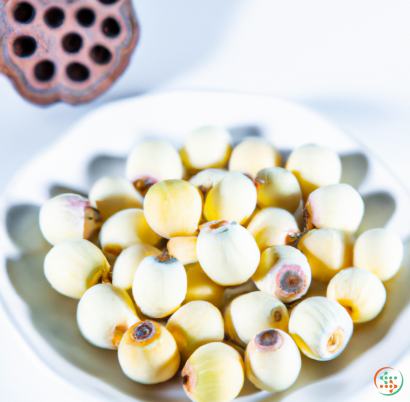Raw Buckwheat
and how to cook with it
Are you trying to change up your diet and make it healthier but feel like all the options out there are unappetizing? You may have heard about raw buckwheat and its potential health benefits, and you’re looking to learn more. If that’s the case, this guide is for you.
Raw buckwheat is essentially the hulled seed of a plant of the same name. The hulling process removes the inedible outer layer of the buckwheat seed and reveals the edible part of the seed, which is known as groats. The groats are what you will use to make dishes. The plant itself is highly praised for its health benefits and unique flavor, which is why it’s gaining popularity as a modern staple.
Raw buckwheat is packed with nutrients such as iron, manganese, and magnesium. It’s also a great source of protein and dietary fiber, making it a great addition to any diet. Furthermore, the nutrient dense seed has a low glycemic index, meaning that your body absorbs it gradually, helping to regulate blood sugar levels. This means that raw buckwheat can be beneficial for those who suffer from diabetes as well.
But what about using raw buckwheat for cooking? Because of the nutty flavor and chewy texture, it’s possible to use buckwheat in a variety of dishes. Here are some ideas to get you started:
One of the best ways to use raw buckwheat is to make a tasty and nutritious breakfast cereal. To make this delicious breakfast, you’ll need to soak 1 cup of raw buckwheat overnight and then rinse it off in the morning. Once it’s been soaked, put it in a pot and add 2 cups of water and a little bit of salt and sugar. Simmer on low until the water is absorbed and the buckwheat is cooked, about 15-20 minutes. You can then add your favorite fruits and nut toppings, or just enjoy the flavor of the buckwheat as-is.
Another popular way to eat raw buckwheat is by making buckwheat “porridge.” Start by boiling 1 cup of raw buckwheat in 4 cups of water with a pinch of salt. Reduce heat to low and let it cook until it turns creamy and soft, about 30-45 minutes. You can then top with your favorite fruits, nuts, and spices and enjoy a delicious warm breakfast.
If you’re looking to make a savory dish with buckwheat, try making buckwheat “tabouli.” First, soak 1 cup of raw buckwheat in water for 12 hours and then rinse it off. In a bowl combine the buckwheat and 1 diced tomato, 1 grated cucumber, 1 finely diced bell pepper, 1 finely diced onion, 1 crushed garlic clove, 2 tablespoons of olive oil, a few leaves of parsley and/or mint, a pinch of salt, and a lemon juice. Mix thoroughly and enjoy as a side dish or as a main meal.
Raw buckwheat is an excellent addition to any diet and can be used in a variety of ways. Whether you’re trying to create a healthier diet or just want to experiment with different flavors, it can make a great addition to just about any meal. So give raw buckwheat a try today, you won’t regret it!
Buckwheat – a Seed, a Grain or Both?
Buckwheat is a common food around the world, yet many people puzzle over the question, ‘is it a seed, a grain or both?’ The answer is that buckwheat is actually all three, in a way. It is an edible seed, but it is also a grain, like oats or corn, and it is processed into flour and other useful food products as well. It has been cultivated as a crop since ancient times in many parts of Asia and Europe. Today, buckwheat can be found in raw form, milled into flour and in several other forms, such as flakes, groats and bran.
Raw Buckwheat Production
Buckwheat is a hardy plant that is easy to grow and highly resilient. It is a triticale species, which is a hybrid of wheat, rye, and red fife. Buckwheat is notoriously drought tolerant, fast-growing and can be planted in sandy soils. This is why, over time, it has become a popular crop for countries and regions with limited water and arid climates.
Due to its nature, buckwheat is not subjected to fertilizers, pesticides or fungicides. It is grown in open spaces, at a minimum required distance and not in high densities as in monoculture. This results in a truly healthy, natural product without any chemical traces or residues.
Once the buckwheat has been harvested, the next step is to use a special machine to separate the raw grains (the seeds) from the upper part of the plant. It is then laid out to dry for approximately two weeks in order to protect it from weather and reduce humidity. It is then stored in airtight containers at a controlled temperature of around 63 degrees Fahrenheit to keep it safe from mold.
Processing and Packaging of Raw Buckwheat
Once the raw buckwheat has been dried and stored, it is ready for further processing. Processing generally involves cracking the grains in specialized machines to separate the kernels from their hulls, known as dehulling. It is then milled into flour, sifted and graded according to type before being stored in airtight containers to maintain freshness.
The processed buckwheat is then packed in bags according to specifications. Depending on the grade of the flour, baking needs, and specific requests, the packaging can range from paper or fabric bags to larger burlap sacks or cartons. Buckwheat flour is often sold in 1, 5 or 10-pound bags. But it can also be bought in bulk from companies that specialize in packaging dry products.
Once the buckwheat is packed and sealed, it is ready for shipping. Buckwheat is usually shipped by sea, as is the case with most dry bulk products. However, it can also be shipped overland, using refrigerated trucks. Whatever the mode of transportation, it is essential to take all necessary precautions to ensure the buckwheat remains fresh and uncontaminated.
The Journey to the Dinner Plate
With the help of specialized supply chains and modern transportation, raw buckwheat can travel thousands of miles to reach its final destination—the dinner plate. Within the supply chain, the buckwheat must pass through different stages of processing, packaging, storage, transportation and distribution, using cutting-edge technologies.
Once it has arrived at the store, the buckwheat is ready for sale. Customers can purchase the buckwheat in raw form, as well as in its milled form, including flour, groats, flakes and bran. For maximum freshness and nutrition, it is recommended to buy organic, non-GMO buckwheat from a reputable source.
Buckwheat in the Kitchen
No matter what form of buckwheat you choose, raw or cooked, it is sure to add flavor, texture and nutritional value to your dishes. Raw buckwheat has a nutty and mild flavor that is comparable to quinoa, millet and oats. It adds a delightful crunch to salads, granolas and other dishes. Ground buckwheat flour can be used to make pancakes, crepes, muffins and other baked goods. The possibilities with buckwheat are endless and its unique texture and flavor make it an ideal addition to meals.
Conclusion
It is easy to see why buckwheat has been traditionally used in many countries around the world and is still enjoyed today as a nutritious and delicious superfood. From its initial production, until it travels and arrives to the dinner plate, buckwheat’s journey is made possible by an intricate yet highly efficient supply chain and modern transportation technologies. This ensures that the consumer can enjoy the benefits of raw buckwheat with absolute peace of mind.
| Vitamin B1 | 0.1 mg | |
| Vitamin B2 | 0.43 mg | |
| Vitamin B3 | 0.00702 grams | |
| Vitamin B5 | 0.00123 grams | |
| Vitamin B6 | 0.21 mg | |
| Vitamin B9 | 0.03 mg |
| Calcium | 0.018 grams |
Daily Value 1.3 g
|
| Iron | 0.0022 grams |
Daily Value 0.018 g
|
| Magnesium | 0.231 grams |
Daily Value 0.4 g
|
| Phosphorus | 0.347 grams |
Daily Value 1.25 g
|
| Potassium | 0.46 grams |
Daily Value 4.7 g
|
| Sodium | 0.001 grams |
Daily Value 2.3 g
|
| Zinc | 0.0024 grams |
Daily Value 0.011 g
|
| Copper | 0.0011 grams |
Daily Value 0.9 mg
|
| Manganese | 0.0013 grams |
Daily Value 0.0023 g
|
| Selenium | 0.0083 mg |
Daily Value 0.055 mg
|
| Tryptophan | 0.192 grams | |
| Threonine | 0.506 grams | |
| Isoleucine | 0.498 grams | |
| Leucine | 0.832 grams | |
| Lysine | 0.672 grams | |
| Methionine | 0.172 grams | |
| Cystine | 0.229 grams | |
| Phenylalanine | 0.52 grams | |
| Tyrosine | 0.241 grams | |
| Valine | 0.678 grams | |
| Arginine | 0.982 grams | |
| Histidine | 0.309 grams | |
| Alanine | 0.748 grams | |
| Aspartic Acid | 1.133 grams | |
| Glutamic Acid | 2.046 grams | |
| Glycine | 1.031 grams | |
| Proline | 0.507 grams | |
| Serine | 0.685 grams |
| Total Sugars | 0.131141 grams |
per 100g
|
| Caprylic acid (8:0) | 0.04 grams |
|
| Capric acid (10:0) | 0.02 grams |
|
| Lauric acid (12:0) | 0.01 grams |
|
| Myristic acid (14:0) | 0.03 grams |
|
| Palmitic acid (16:0) | 0.45 grams |
|
| Stearic acid (18:0) | 0.05 grams |
|
| Total Saturated fatty acids: | 0.6 g | |
| Erucic acid (22:1) | 0.01 grams |
|
| Oleic acid (18:1) | 0.99 grams |
|
| Palmitoleic acid (16:1) | 0.02 grams |
|
| Total Monounsaturated fatty acids: | 1.02 g | |
| Linolenic acid (18:3) | 0.08 grams |
|
| Linoleic acid (18:2) | 0.96 grams |
|
| Total Polyunsaturated fatty acids: | 1.04 g | |
